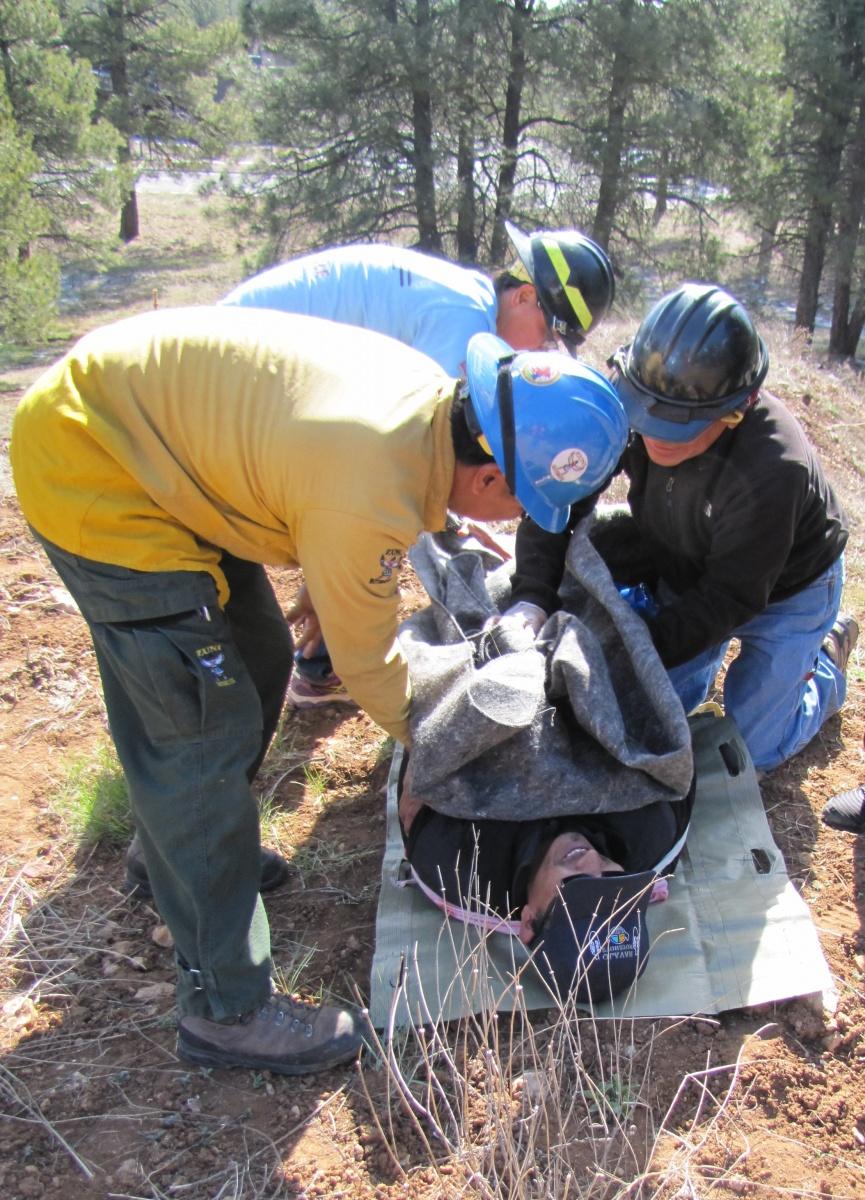
 Back to Career Explorer
Back to Career Explorer
Wilderness EMT
Wilderness Emergency Medical Technicians respond to injuries and illnesses in the backcountry/remote access places and offer pre-hospital care and emergency transport.


 Back to Career Explorer
Back to Career Explorer
Wilderness Emergency Medical Technicians respond to injuries and illnesses in the backcountry/remote access places and offer pre-hospital care and emergency transport.
